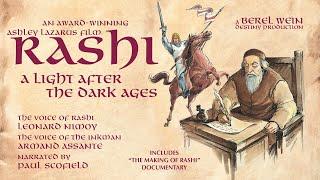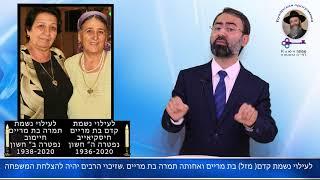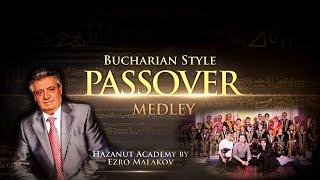Problems playing the video? Click Here to reload
Watch Videos: Random | New | Popular
All Essays | Report Video
|
Share Video
- Buy Us a Coffee -
http://JewishHistory.org
The Oral Law of Sinai explains the Written Law. For instance, when the Torah says "eye for an eye" or "tooth for a tooth" it cannot be taken literally, because it does not help the victim at all. Rather, the Torah means that the victim should be compensated the value of an eye, etc.
Of course, an eye is invaluable. Yet even today we have worker's compensation agreements which place an exact value for every limb of the body. Similiarly, the Rabbis taught us that the Torah teaches that practically, we reduce the damage to a monetary value.
There are thousands of cases where the Oral Law explains the Written Law. Without the Oral Law we would not know how to observe Shabbat, Kashrut, Tefillin, etc. In fact, all of Judaism would be completely mysterious if it were not for the Oral Law.
There are rules set in the Oral Law which give us guidelines to better understand the Written Law at all time.
The Jewish People are based on the Oral Law as much as they are based on the Bible.
What is interesting is that the Bible has gone to the entire world, but the Oral Law has remained almost exlusively within the confines of Jewish people and Jewish scholorship.
In Rabbinical Yeshivot and Seminaries, it is the Oral Law that forms the basis for scholorship and creativity- for understanding all about Judaism.
in English
- Category
- Miscellaneous - Разное
- Tags
- talmud
















